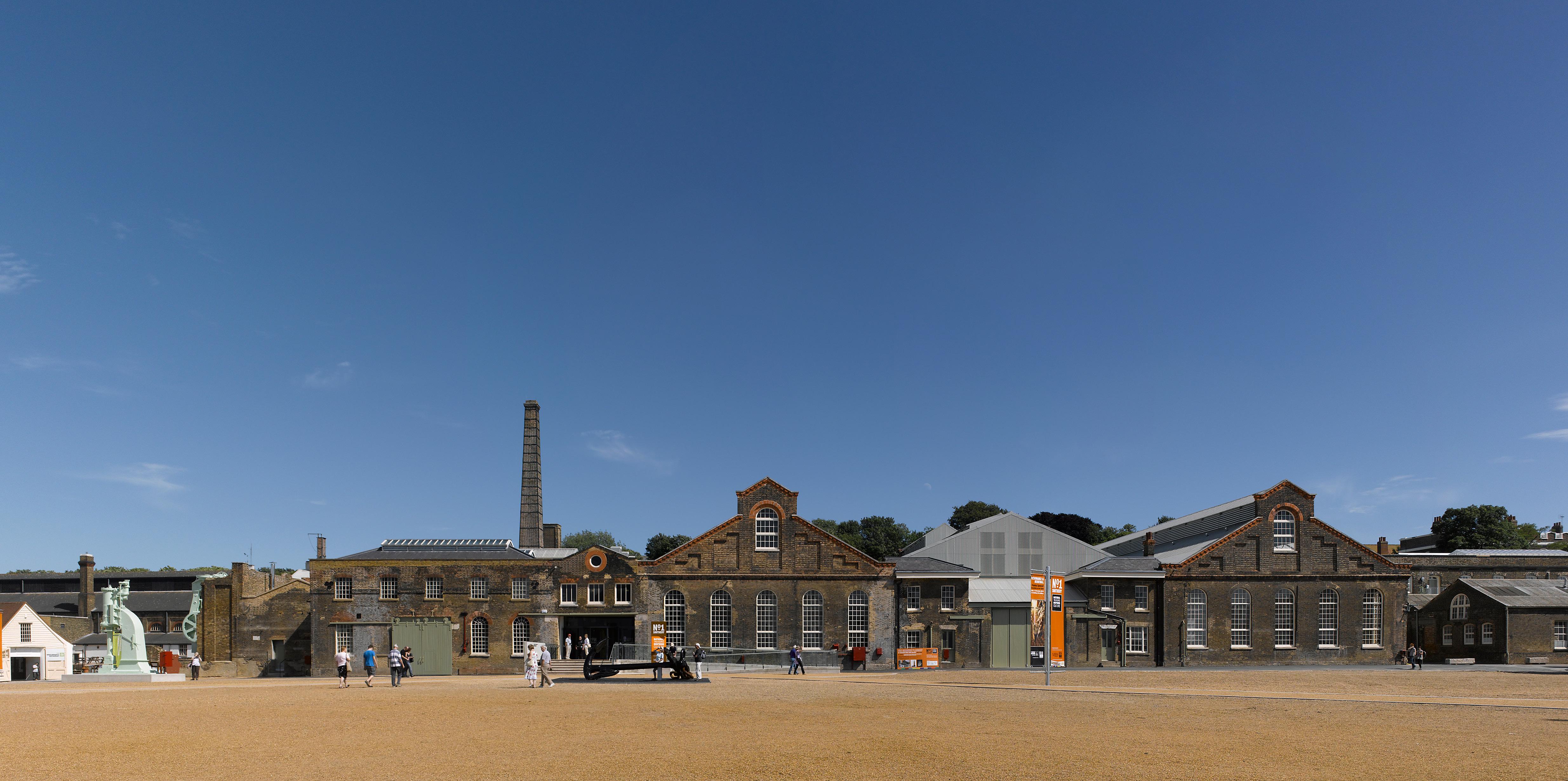1 minute read
Collaboration
Next Article
Universities are founded on the physical coming together of minds; a collaborative environment of migratory scholars and students creating a shared hub of intelligence and discourse.
Designing high-quality work spaces is our speciality. Whether flexible, multi-purpose spaces or highly bespoke laboratories or studios, we have experience in creating distinctive spaces which nurture and facilitate collaborative exchange.
A building demands a collaborative design process. We work with our clients through masterplanning exercises to identify potential opportunities and how their long-term pedagogical strategies can be facilitated through new building design and interventions. Understanding the flow of people and information, the kind of work being carried out there and what kind of people will be using a building is key to designing successful university workspaces.
University of Essex

Purcell have worked with the University of Essex over several years providing refurbishment projects, new build scheme and heritage consultancy services. We have devised various complex solutions for the growing university including converting a redundant subterranean boiler house into a state of the art teaching facility. Other works include new laboratories and refurbishment of existing buildings to provide new research laboratories.
We have re-imagined teaching and learning environments that encourage innovation, collaboration and creativity. Our micro-biological sciences laboratory, for example, encourages cross-disciplinary working through a central laboratory combining complimentary research disciplines, enveloped by specialist laboratories.


University of Kent, School of Arts
Purcell converted five historic dockyard buildings, to provide a fine arts centre with large, lettable studios, a student workshop, state-of-the-art music studios and a dance studio. The development contained a variety of listed buildings and scheduled ancient monuments which have been sensitively adapted.

The project provided the University with a flexible series of spaces that can each be used to maximum advantage. To ensure all future use is as unhindered as possible, new wall linings and floors were installed throughout and the music studios were set up as self-contained units to maximise acoustic and equipment needs while observing the building’s historic fabric restrictions.

University Library, Cambridge


The Grade II-listed University Library (UL) is at the heart of learning and discovery at the University of Cambridge. Purcell was commissioned to prepare a detailed Assessment of Significance of Cambridge University Library to enable the university’s future planning for the site. Complementing the archival research and stakeholder consultation was a careful and detailed analysis of the built fabric. Despite the building’s considerable size, we worked methodically through the building to identify surviving fabric, such as small areas of the original rubber flooring in two stairwells and a single surviving example of the original staff office screening.




